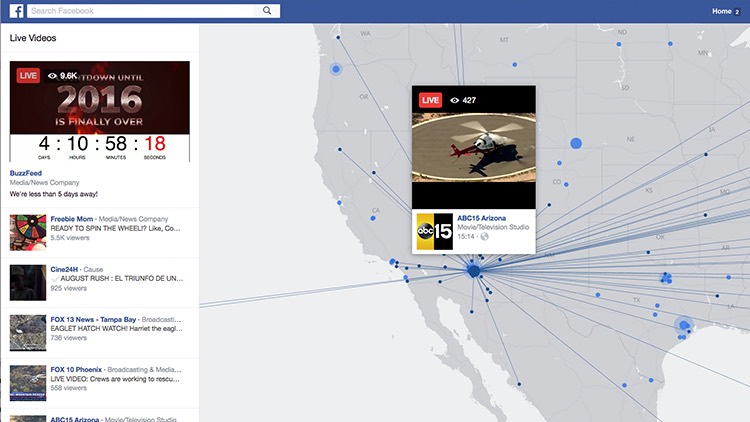Broadcasters Face the Honest Truth

Let's face it: Local TV took a bit of a beating during the wild ride of 2016. Now that the year has come to a close, the industry in 2017 will confront a breadth of institutional challenges, as well as some serious soul-searching.
“The media faces a confrontational climate like it has never seen before in recent times,” says Mike Cavender, RTDNA/F executive director, who puts navigating the Trump presidency and restoring public confidence in the media at the top of broadcasters’ 2017 priorities. “Public opinion polls regarding our trustworthiness continue to go the wrong way—something that further impacts our believability with too much of our audience.”
Station groups and their assets will change in 2017, a year which should, at long last, see both the Nexstar-Media General merger and results of the broadcast spectrum auction, both of which could bode well for participants.
But when you toss in some of the other challenges on tap for the larger industry, such as the encroachment and sway of social media, it looks like 2017 could be another rough one, with lots of navigating to do. Here’s a look at the major issues facing local TV:
The Trump Presidency—and the ‘Freedom’ of Information
Although the candidate Donald Trump did battle with national news organizations, the negative ramifications of having a president who is openly critical of the media (and who well may circumvent it) could trickle down to local broadcast news outlets. Not only could local authorities follow Trump’s lead, creating an adversarial relationship between local TV news operations and the people they cover, but his denunciation of the media has already eroded public trust.
The campaign gave rise to fake news, and consumers’ growing penchant for getting their news from a range of sources, whether they’re qualified to provide it or not. If the new administration enacts changes it has touted—reducing health care coverage and cracking down on immigration among them—there will be an enormous impact on communities, and the way local TV covers them.
The smarter way to stay on top of broadcasting and cable industry. Sign up below
In 2017, local broadcasters will also continue other battles with the government, most notably over their right to access public information, such as police body camera video. Advocates say it should be treated no differently than public records.
Dependence on Facebook
For all the energy local broadcasters have put into leveraging social media, platforms such as Facebook and Twitter still threaten the vitality of the industry. “Recognize that Facebook is a competitor,” says Steve Schwaid, VP of digital strategies at media research company CJ&N.
Local broadcasters’ growing propensity for pushing stories and live broadcasts over Facebook’s platform could come back to bite them in 2017 if they don’t swap it out for teasers and clips that drive viewers back to their own sites. “It only helps increase Facebook dependence,” Schwaid said.
Also in 2017, local broadcast news operations have to end the enticing habit of letting social media sway what they cover. Monitoring social media trending for what resonates is important, and those stories should be leveraged on-air or online. But, as 2016 showed, it’s incumbent on newsrooms to spend the time and resources to understanding viewers and report the kind of news they want to consume. Spending cash on research could pay off.
Having the Right—and Best—Staff
In keeping with off-year tradition, there won’t be much political or Olympics money being pumped into local TV in 2017, meaning those budgets may again be tightened, calling staffing into question. Between the major cuts starting in 2008, and the elimination of industry vets through buyouts, there already is a dearth of institutional knowledge in local TV newsrooms. Further erosion of newsroom staff will only hurt the product, too. It all increases the danger of having too few news people holding officials accountable.
At the same time, though, it will become increasingly important in the year ahead to have newsrooms that are up for creating content that resonates across platforms. As putting more muscle into content creation rises, newsrooms will be faced with hard choices—such as, say, reducing the number of news managers to hire more digital content creators.
